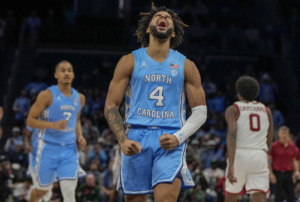By Wyatt McInerney
In April, scientists announced that they would examine the brain of former NFL player Phillip Adams — who killed a South Carolina physician, three family members and a repairman before fatally shooting himself — to try to determine if head trauma cause by football may have led to violent mood swings and other cognitive disorders.
This raises the question about the safety of contact sports and what it could mean for student athletes.
In an interviewon Charlotte TV station WCNC, the suspect’s father said stated that he believed football had “messed him up.”
In an article about concussions from Piedmont Healthcare, Jeffrey English, M.D., a neurologist at Piedmont said, “There is evidence that if you have another brain injury when you haven’t recovered from a concussion, the recovery can be very prolonged and possibly result in long-term deficits.” He added, “An injury of this nature can impact memory, balance, sleep and mood.”
This study was done on older individuals, but what if a young, developing brain suffered traumatic injuries?
For IUFSD the concussion protocol is very clear and thorough. It requires doctor visits and extensive paperwork and check-ups to clear the player before he/she can return to play. But the question remains if such brutal contact sports should be allowed in youth.
While the concussion protocol seems pretty foolproof there is not much anybody can do to stop the effect of traumatic brain injuries from causing long-term problems, especially for developing brains. This new story shows the dangers of getting traumatic head injuries, but will new information change youth sports?





Be First to Comment